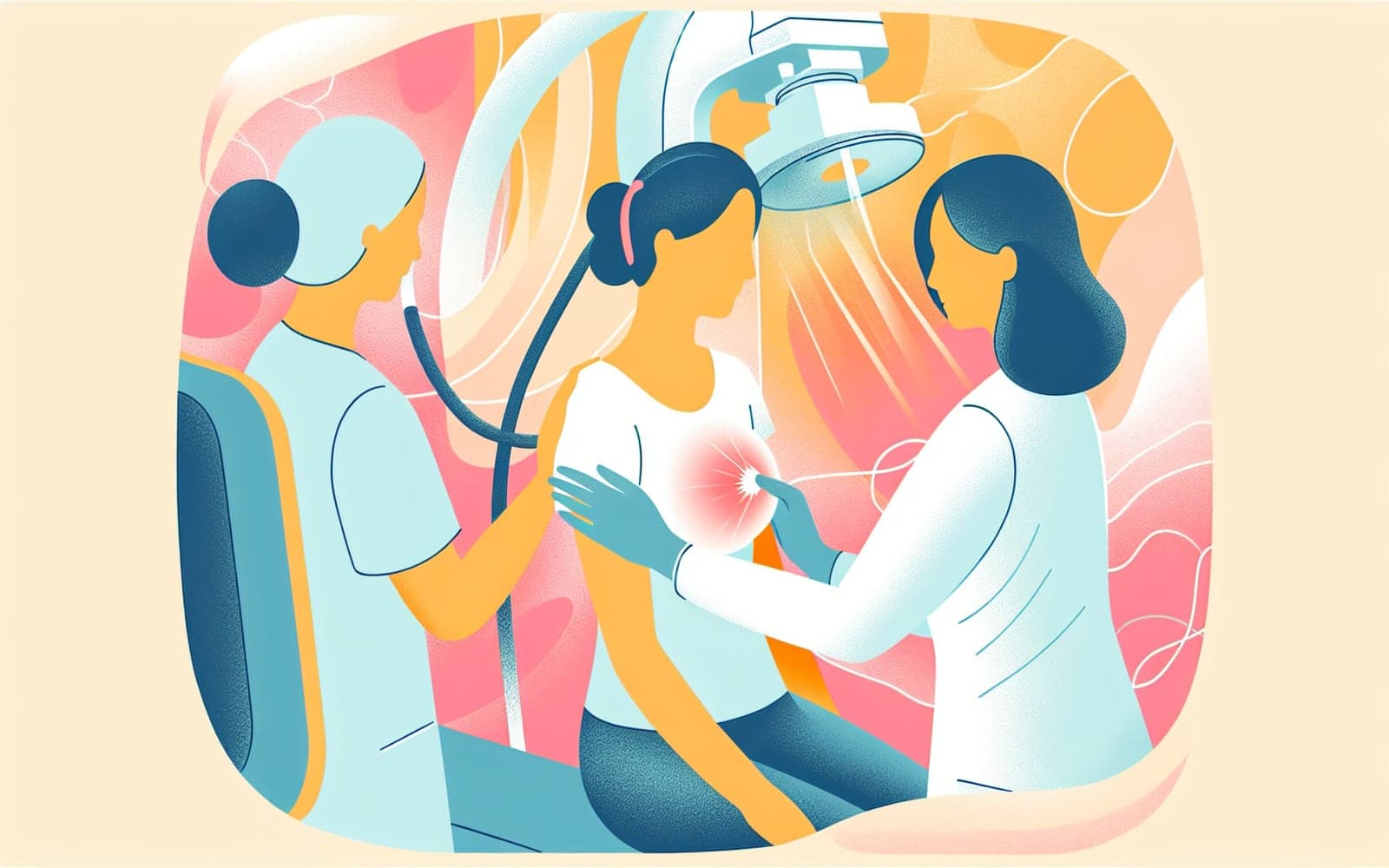Mammograms: Your Ultimate Guide to Breast Cancer Screening
Published: Jul 18, 2024
Mammograms are the gold standard for breast cancer screening. This article explains how they work and why they're so important for early detection.
Contents
How Mammograms Work
A mammogram is an X-ray picture of the breast used to check for breast cancer. During the procedure, your breast is compressed between two flat plates to spread out the tissue. This allows for a clearer image and uses less radiation. The entire process usually takes about 20 minutes, though the actual breast compression only lasts a few seconds for each image.
Benefits of Mammograms
Mammograms can detect breast cancer up to three years before it can be felt. This early detection is crucial, as it allows for earlier treatment and better outcomes. Studies have shown that regular mammograms reduce breast cancer deaths by 20-40% among women aged 40-74. They're particularly effective for women over 50.

Types of Mammograms
There are two main types of mammograms: screening and diagnostic. Screening mammograms are for women with no symptoms and are used to check for breast cancer in its earliest stages. Diagnostic mammograms are used when a woman has symptoms like a lump, or when a screening mammogram shows an abnormality. They provide more detailed images of a specific area of the breast.
Frequently Asked Questions
Most experts recommend annual mammograms starting at age 40-50.
They can be uncomfortable but shouldn't be painful.
An abnormal result doesn't always mean cancer; further testing is needed.
Yes, no test is perfect, but mammograms are still the best screening tool.
Key Takeaways
Mammograms are a crucial tool in the fight against breast cancer, offering early detection and improved outcomes.
Ready to take charge of your breast health? Talk to Doctronic about scheduling your mammogram today.Related Articles
References
American Cancer Society. Breast Cancer Facts & Figures 2019-2020.
U.S. Preventive Services Task Force. Screening for Breast Cancer: U.S. Preventive Services Task Force Recommendation Statement. Ann Intern Med 2016; 164:279.
Always discuss health information with your healthcare provider.

